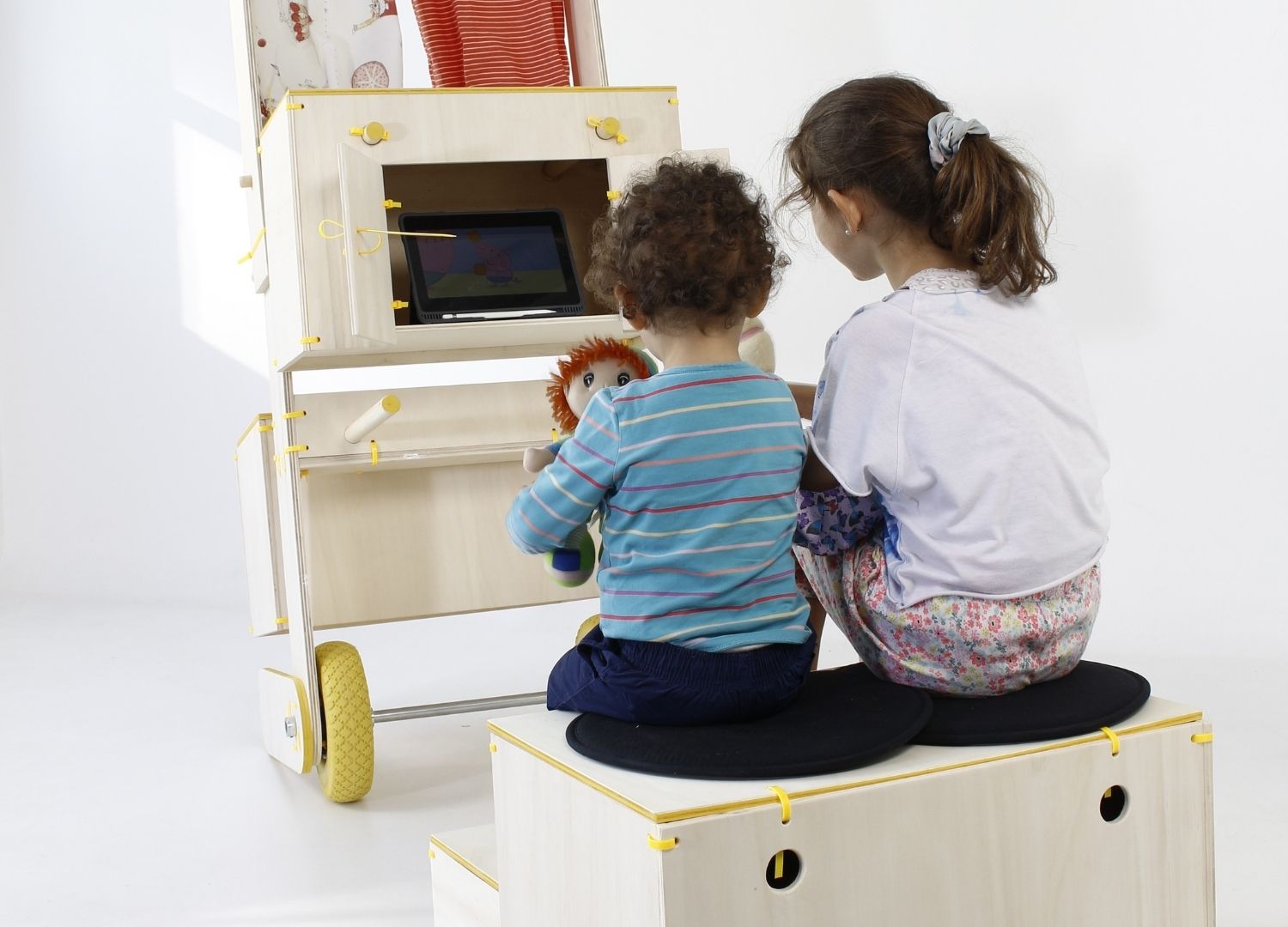Going behind the scenes of the fourth edition of NABA Design Award 2022
Solely dedicated towards students – this competition aims at shedding light on extraordinary projects carried out in NABA.
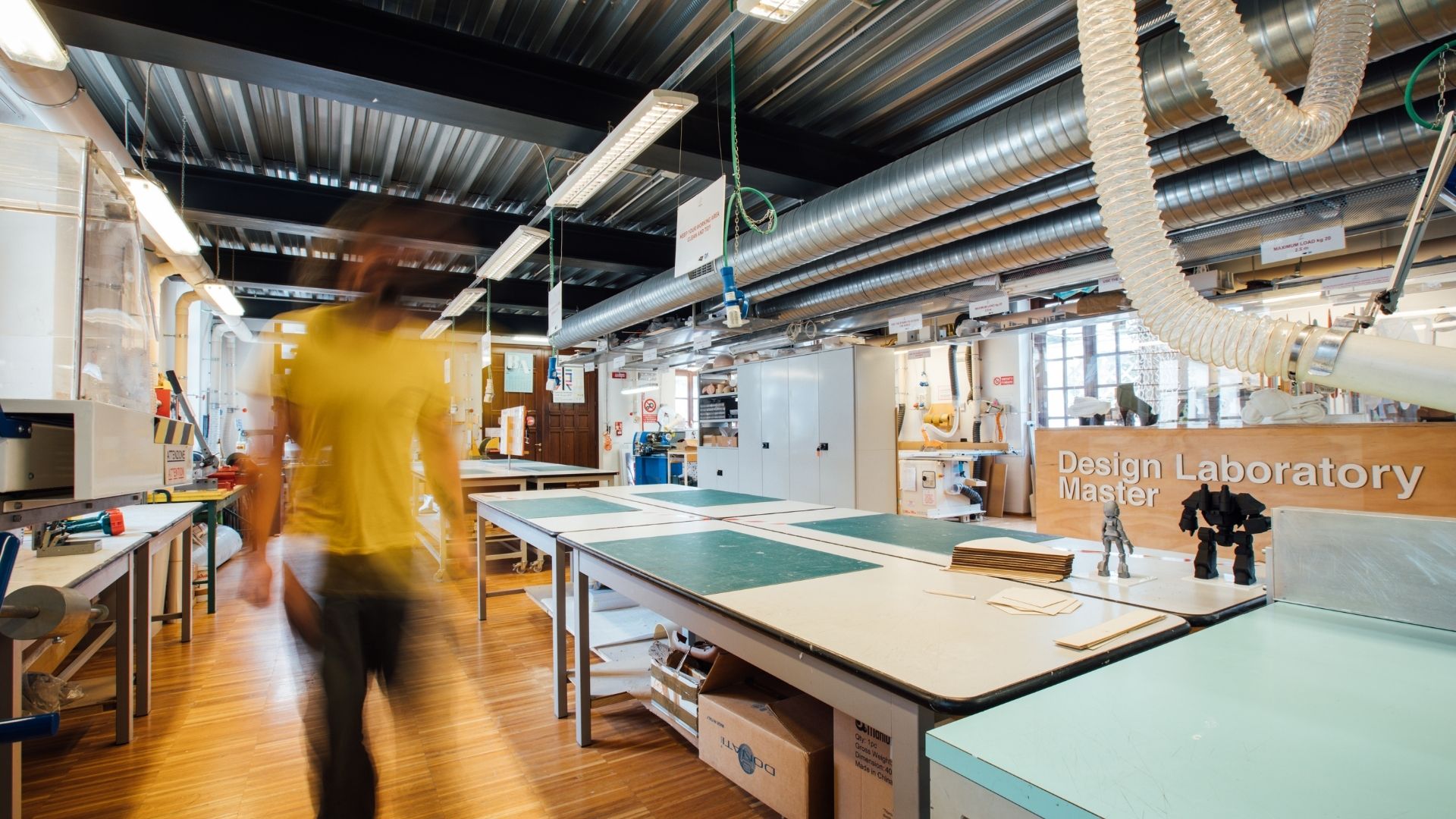
Aiming at rewarding the best students’ projects of the last academic year carried out in NABA, Nuova Accademia di Belle Arti – NABA Design Award 2022 is the fourth edition of this one-of-a-kind competition.
This brilliant competition focuses on the programmes of BAs and MAs in Design which encompasses – Interior, Product, Service as well as Social Design.
In addition to the Best Project Of The Year and the Jury Prize, there are 13 other competition categories that range from the BA Product Project to the MA Interior Thesis.
We decided to dig a little deeper into this showcase with Claudio Larcher, NABA Design Area Leader.
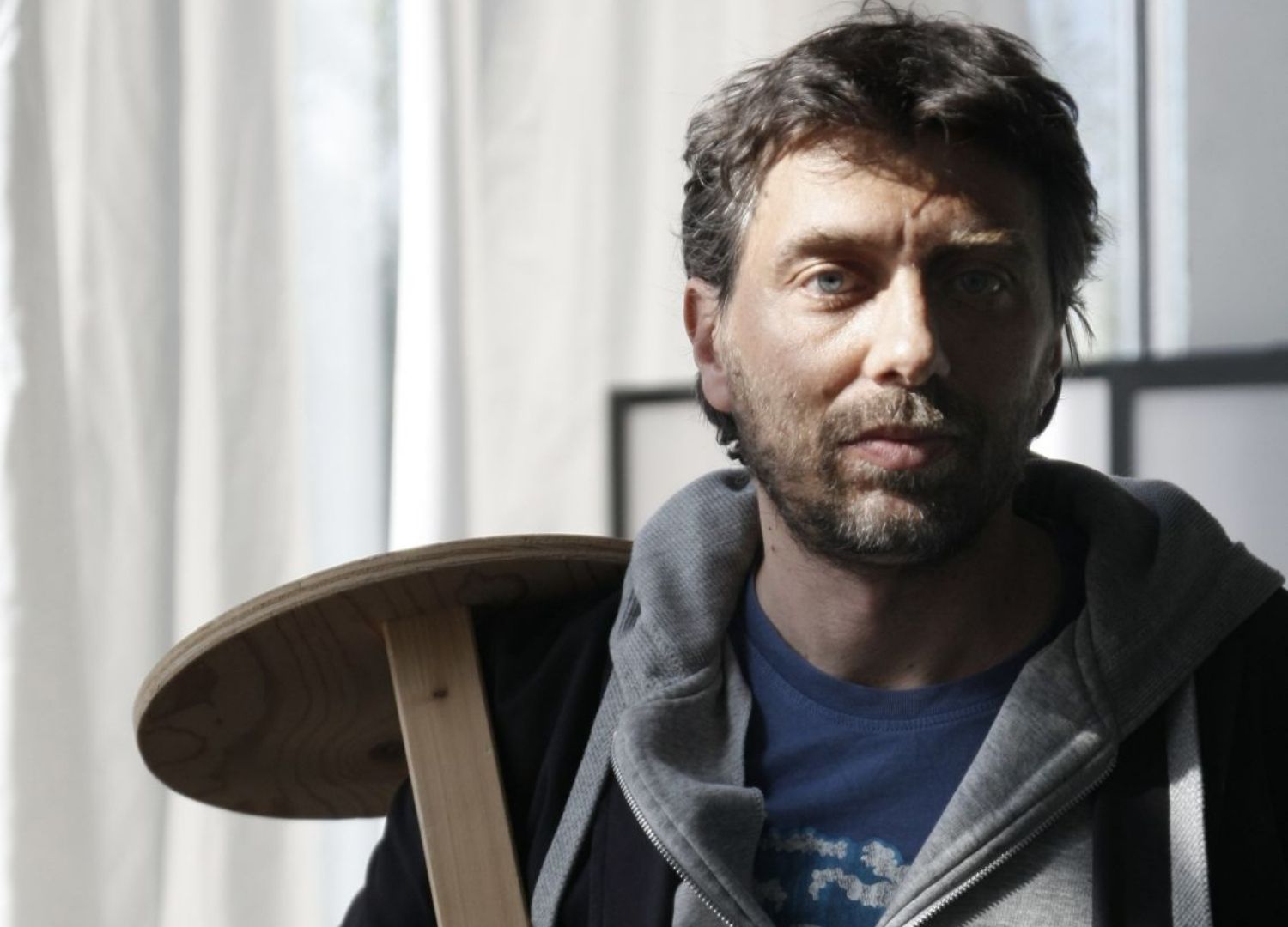
“Every race is created to stimulate the competitors and ask them to try a little more and focus on improving themselves. This is how the NABA Design Award was born” says Larcher.
Each year the award collaborates with an important company in the design sector that gives rise to more opportunities.
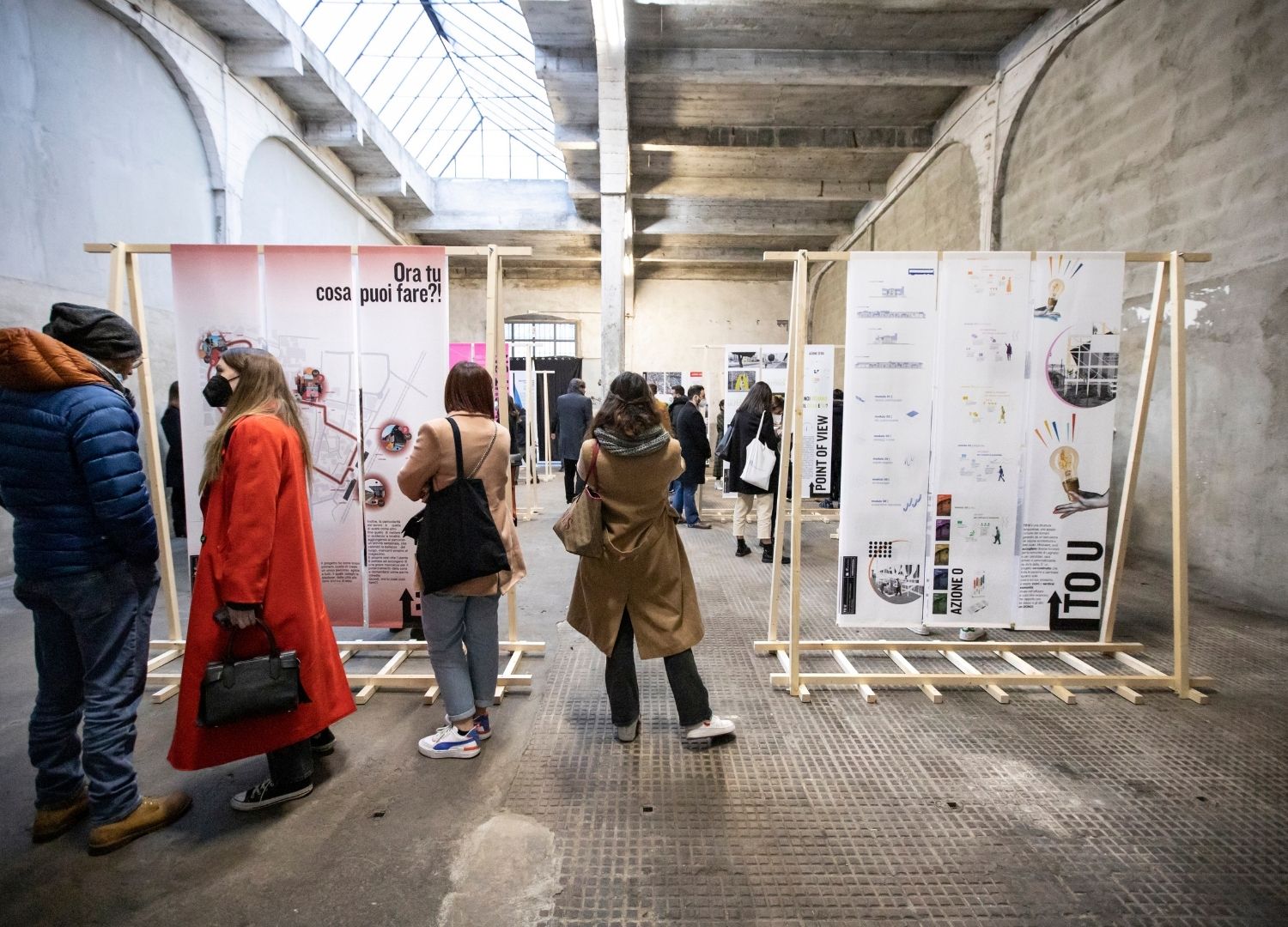
This time, the event is privileged to have – the renowned brand Seletti as a sponsor, DesignWanted as their media partner and both together as a part of the jury.
Stemming from the intention of bringing out a student’s true potential, the completed projects acquire more value when expressed and awarded.
This event additionally makes it possible to highlight what’s being done in the academy as well as publicize it outside the walls of the campus to the external market including the media and companies – garnering more attention.
For instance “A newly graduated student looking for an internship re-called the studio where he had just sent his CV, updating them that he had won an important award and he got the job!
This small example perfectly illustrates the value that this award can have in the young career of a new designer” he adds.
The most sought-after and popular categories by the students comprise the classic ones – from Interior to Product Design.
However, on the other hand – there are transversal categories as well that usually have some exciting surprises and extremely interesting projects hidden, such as – Best Photo, Drawing and Sketch, Materials and Innovation.
“Every proposal is independent and free as the students don’t go through a mentoring process by professors.
The students are free to submit their projects with no limits on the number and the idea is to empower them so that they understand the value of participating in the award” he says.
Additionally representing the training path at NABA, the following three diverse course projects briefly testify the investigation and research approaches carried out.
At first – Parole A Zonzo, a Product Design Thesis project features a fascinating wooden cart that was created with the intention of promoting design for the community within the neighborhood.
The goal was precisely to activate the involvement of the inhabitants in artistic activities.
This object in particular has already received important recognition for being selected for The Lost Graduation Show curated by Anniina Koivu at the last Salone Del Mobile Milano.
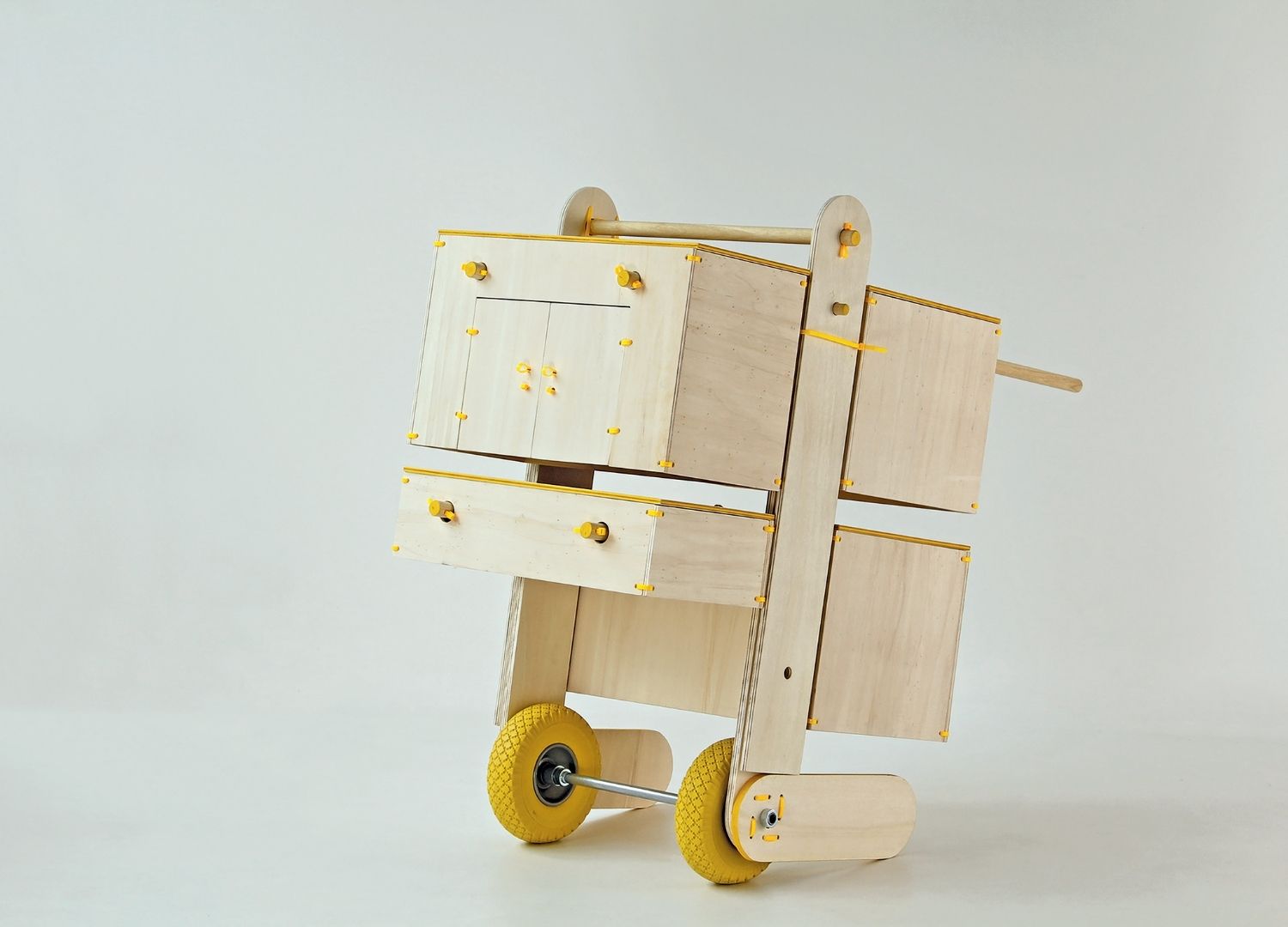
Moving on and searching for new methodological processes in the direction of greater sustainability of design – Blue Metamorphosis is a project based on the recycling of masks.
It focuses on seamlessly transforming the material into new fabric and is born from the collaboration between NABA and Worldrise – an association that acts to protect the marine environment and which will be visible to the public during the next Fuorisalone in June.

Lastly, as part of Interior Design – this year the Urban Design course worked on redevelopment projects of the ex-airports of Vigevano and Legnano, developing the concept of FS Sistemi Urbani.
Called – Turn The Light by one of the finalists of the NABA Design Award, this project was exhibited last March at Scalo Lambrate.

Therefore – “It’s not only design, but also the search for constant confrontation with numerous external interlocutors in order to enhance the comparison with the complexity of the evolution of the present!” Larcher says.
Opening up endless new doors, this event hence allows great visibility to students’ projects in the world of the design market and paves future professional paths for them.









